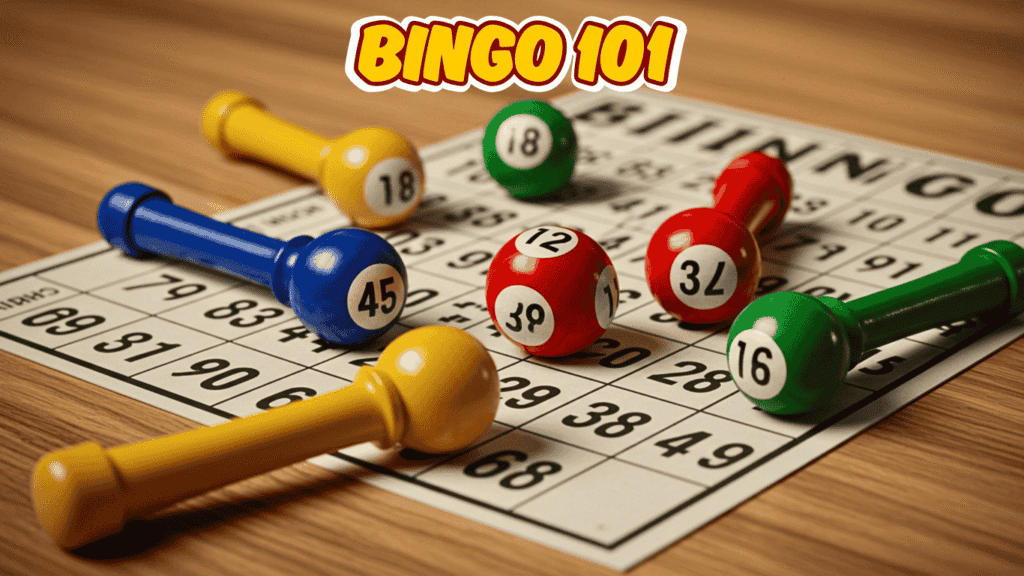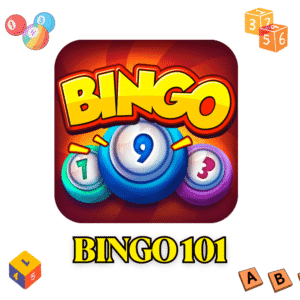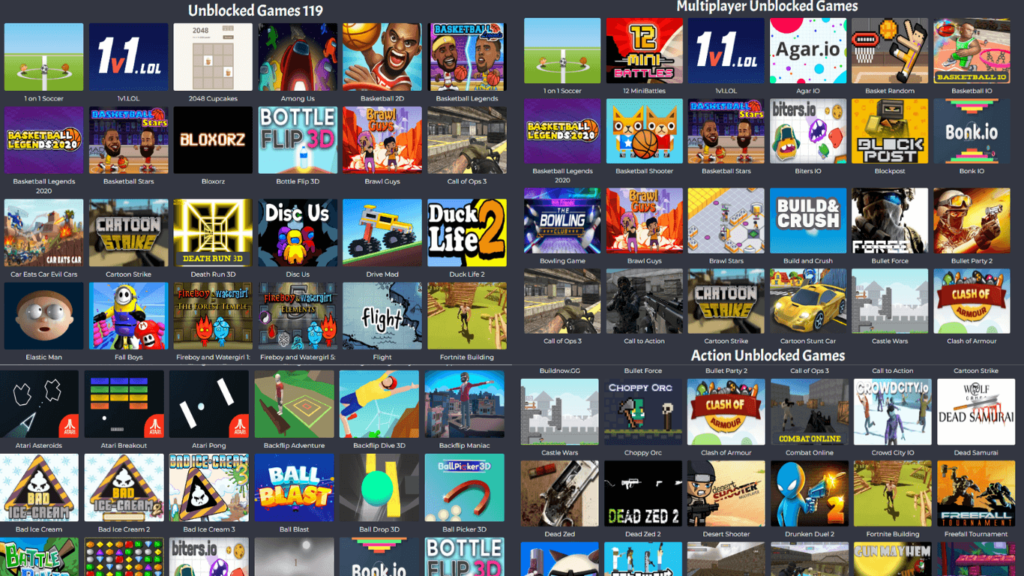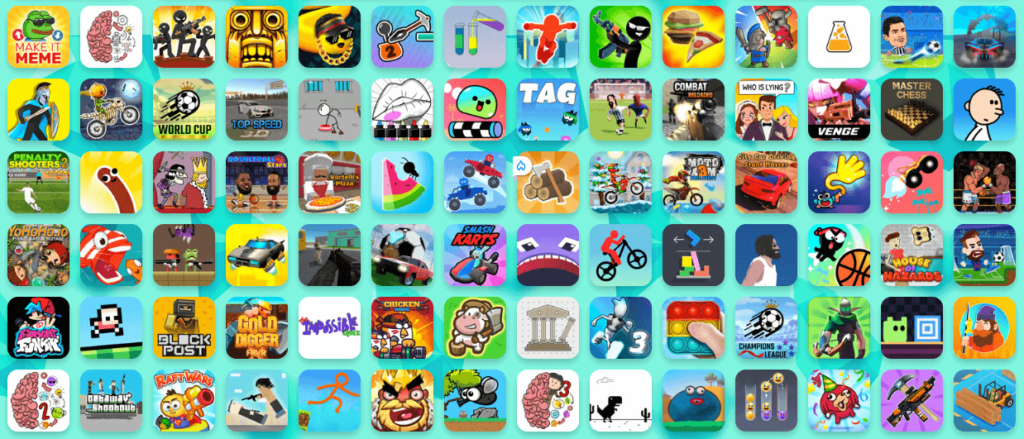Getting to grips with Bingo 101 opens the door to mastering this enduring game that blends luck, excitement, and community interaction. Whether you’re stepping into a bingo hall for the first time or seeking to enhance your existing knowledge, this comprehensive guide offers authoritative insights into gameplay mechanics, strategic approaches, and modern tools and platforms that can take your bingo gameplay to new heights.
Understanding the Fundamentals of Bingo
At its core, bingo functions as a structured game of probability where participants use cards featuring a grid of numbers. A caller selects and announces numbers at random, while participants scan their cards to mark any corresponding matches. Success comes when a player completes a predetermined pattern and declares “Bingo 101!” to claim victory.
The enduring appeal of bingo stems from its accessibility—simple enough for newcomers to grasp immediately yet offering sufficient depth for enthusiasts to develop personalized approaches. The game transcends generational boundaries, providing entertainment value across diverse demographics while fostering community connections.
Anatomy of a Bingo 101 Card
The standard American bingo card presents a distinctive structure:
- A 5×5 grid configuration
- Columns labeled with the letters B-I-N-G-O
- Numbers distributed according to specific parameters:
- B column: numbers 1-15
- I column: numbers 16-30
- N column: numbers 31-45 (with center space typically designated as “FREE”)
- G column: numbers 46-60
- O column: numbers 61-75
International variations introduce alternative card designs. The UK’s 90-ball bingo employs tickets containing three rows and nine columns, with each row housing five numbers strategically positioned across the columns according to numerical ranges.
Number Selection Process
The integrity of the game relies on randomized number selection, traditionally accomplished through:
- Mechanical blower machines that circulate numbered balls
- Electronic random number generators in contemporary settings
- Manual selection from containers in informal gatherings
Each number announcement typically includes its corresponding column letter in American bingo 101 (e.g., “B-12” or “O-74”), providing players with positional guidance when scanning their cards.
Number Marking Techniques
Players track called numbers by marking their cards using:
- Specialized daubers containing translucent ink (predominant in dedicated bingo venues)
- Digital highlighting in online environments
- Plastic chips or markers during home sessions
Modern electronic terminals and online platforms frequently offer auto-marking functionality, allowing participants to manage multiple cards simultaneously without risk of missed numbers.
Winning Configurations
Victory conditions vary according to the specific game variation. Common winning patterns include:
- Linear completions (horizontal, vertical, or diagonal)
- Perimeter formations (four corners)
- Geometric shapes (diamonds, postage stamps)
- Complete card coverage (blackout or coverall)
Game organizers establish and communicate the target pattern before commencing play, ensuring transparency regarding victory conditions.
Winning Configurations
Victory conditions vary according to the specific game variation. Common winning patterns include:
- Linear completions (horizontal, vertical, or diagonal)
- Perimeter formations (four corners)
- Geometric shapes (diamonds, postage stamps)
- Complete card coverage (blackout or coverall)
Game organizers establish and communicate the target pattern before commencing play, ensuring transparency regarding victory conditions.
Major Bingo 101 Variants Worldwide
American 75-Ball Bingo 101
The predominant format throughout North America features:
- 75 potential numbers
- The distinctive 5×5 matrix featuring columns labeled with the letters B-I-N-G-O
- Central free space
- Diverse pattern possibilities
This variant balances game duration with engagement, typically lasting 3-5 minutes per round in commercial settings.
British 90-Ball Bingo
The preferred format across the United Kingdom and Commonwealth nations offers:
- 90 potential numbers
- Tickets with three horizontal rows
- Tiered winning opportunities:
- One complete horizontal line
- Two complete horizontal lines
- Full house (all numbers marked)
This progressive structure maintains engagement throughout the game’s duration by creating multiple winning moments.
European 80-Ball Bingo 101
Gaining popularity as a middle-ground option:
- 80 potential numbers
- 4×4 grid cards
- Color-coded columns
- Flexible pattern variations
This format delivers accelerated gameplay while maintaining sufficient complexity to sustain player interest.
Speed Bingo 101 (30-Ball)
Designed for fast-paced sessions:
- Compact 3×3 grid cards
- Only 30 potential numbers
- Typically requires full card completion
- Games often conclude within 2-3 minutes
This condensed format caters to time-constrained players seeking high-frequency play opportunities.

Strategic Approaches to Bingo 101
While fundamentally governed by chance, bingo 101 permits certain strategic considerations that may optimize positioning for potential success.
Statistical Selection Strategies
The Granville Method: Developed by financial analyst Joseph E. Granville, this approach suggests selecting cards with:
- Equal distribution between odd and even numbers
- Equal distribution between high and low numbers
- Equal representation of numbers ending in each digit (0-9)
Granville’s statistical analysis indicated that over extended play sessions, numbers would distribute according to these balanced parameters.
The Tippett Theory: British statistician L.H.C. Tippett proposed that:
- In shorter games, numbers closer to the extremes (1 or 75 in 75-ball bingo 101) may appear more frequently
- In extended games, called numbers tend to cluster around the median value (38 in 75-ball bingo 101)
This theory influences card selection based on anticipated game duration.
Practical Optimization Techniques
Multiple Card Management: Research suggests that increasing card quantity enhances winning probability, provided the player can effectively monitor all purchased cards. Optimal card quantity balances:
- Maximum coverage of potential numbers
- Cognitive capacity to track called numbers
- Financial investment considerations
Strategic Timing: Attendance during non-peak periods potentially reduces competition, particularly in physical venues where prize pools remain consistent regardless of participant numbers.
Concentration Enhancement: Maintaining focused attention throughout the session minimizes the risk of overlooking called numbers that appear on your cards.
Digital Assistance Utilization: When available, electronic verification systems and auto-daubing features mitigate human error, especially when managing multiple cards.
Professional Bingo Etiquette
In-Person Protocol
Pre-Game Preparation: Arriving 15-20 minutes before session commencement allows for:
- Card selection without time pressure
- Organizational setup of playing materials
- Familiarization with specific venue rules
Environmental Awareness: Maintaining appropriate noise levels demonstrates respect for fellow players who rely on hearing number calls clearly.
Verification Procedure: Upon achieving a winning pattern, announce “Bingo 101” with sufficient volume for the caller to hear, then present your card for validation according to venue protocols.
Community Respect: Acknowledge that many regular players maintain specific routines, preferred seating arrangements, and personal rituals that hold significance to their gaming experience.
Online Engagement Guidelines
- Chat Functionality: Many digital platforms incorporate social features where:
- Professional courtesy enhances community atmosphere
- Positive interaction builds reputation within the player community
- Technical questions can receive assistance from experienced players
- Winner Recognition: Acknowledging others’ victories demonstrates sportsmanship and contributes to a positive gaming environment.
- Platform Familiarity: Investing time to understand platform-specific features optimizes your digital bingo 101 experience and prevents technical complications during active gameplay.
See More Games
Contemporary Bingo 101 Resources
Premium Online Platforms
The digital transformation of bingo has yielded sophisticated platforms offering comprehensive experiences:
Established Virtual Communities:
- Mecca Bingo: Well-established platform known for its varied gaming rooms and member rewards system.
- Tombola: Known for proprietary game variations and responsible gaming features
- Heart Bingo: Offers specialized themed environments with interactive moderators facilitating lively chat.
- 888 Ladies: Features progressive jackpots and beginner-friendly tutorials
- Gala Bingo: Offers extensive schedule variety and cross-platform integration
Emerging Specialized Sites:
- Dabber Bingo: Integrates innovative social components
- MrQ: Operates with transparent bonus terms
- PlayOJO Bingo: Emphasizes no-wagering promotional offers
Mobile Gaming Solutions
For portable play opportunities:
High-Performance Applications:
- Bingo Clash: Incorporates competitive tournaments that reward player precision and strategy.
- Bingo Live: Incorporates real-time multiplayer functionality
- Bingo Story: Combines narrative progression with traditional gameplay
- Blackout Bingo: Emphasizes speed and accuracy components
These applications undergo regular updates to maintain compatibility with current operating systems while introducing new features to enhance engagement.
Home Game Resources
For facilitating private sessions:
- Digital Generators: Websites like bingobaker.com and myfreebingocards.com provide customizable card creation.
- Specialized Equipment: Retailers offer complete kits containing professional-grade daubers, master boards, and calling equipment for elevated home experiences.
- Themed Adaptations: Resources for creating specialized versions around educational concepts, party themes, or specific interests.
Innovative Bingo 101 Variations
Content-Specific Adaptations
- Musical Bingo: Replaces numerical calls with song clips, requiring players to identify and mark corresponding titles or artists on specialized cards.
- Visual Bingo: Utilizes images rather than numbers, particularly effective for themed events or younger participants.
- Trivia Bingo: Integrates knowledge-testing elements, with number calls accompanied by questions in specific categories.
Educational Applications
- Mathematical Bingo: Incorporates arithmetic challenges that players must solve to identify which numbers to mark, enhancing math skills through play.
- Vocabulary Building: Features definitions with players marking corresponding terms, enhancing language acquisition.
- Subject Reinforcement: Creates discipline-specific versions for history, science, or geography content retention.

Related Probability Games
- Slingo: Combines elements from slot machines with traditional bingo 101 card completion, delivering an innovative crossover gaming format.
- Keno: Offers bingo-adjacent gameplay where players pre-select numbers before the drawing occurs.
- Lotería: Traditional Mexican game utilizing illustrated cards with cultural imagery instead of numbers.
Technological Evolution in Bingo 101
Electronic Systems
Modern bingo venues increasingly incorporate:
- Tablet-based card management
- Digital verification systems
- Automated number calling with visual displays
- Integrated payment solutions
These technological enhancements maintain game integrity while increasing accessibility and reducing administrative overhead.
Online Innovation
The digital bingo landscape continues expanding through:
- Live streaming caller integration
- Cross-platform synchronization
- Social media connectivity
- Loyalty program integration
- Responsible gaming tools
These features create immersive experiences that replicate communal aspects of traditional bingo while adding convenience.
Mobile Optimization
Contemporary developers prioritize:
- Intuitive user interfaces
- Secure payment processing
- Battery efficiency
- Cross-device synchronization
- Offline functionality options
These optimizations accommodate modern gaming habits characterized by flexibility and mobility.
Conclusion: The Enduring Appeal of Bingo
Bingo 101 maintains its cultural relevance through continued adaptation while preserving fundamental aspects that have sustained its popularity for generations. The game successfully balances:
- Accessibility for newcomers with engagement for veterans
- Elements of chance with strategic considerations
- Individual participation with community connection
- Traditional formats with technological innovation
The straightforward entry point provides immediate entertainment value for newcomers without extensive learning requirements. For experienced players, the subtle complexities of card selection and pattern recognition offer ongoing engagement. For communities, bingo 101 provides structured social interaction centered around shared experience.
Whether experienced through traditional halls with paper cards and daubers, sophisticated online platforms with chat functionality, or casual home gatherings with friends, bingo continues delivering its signature combination of anticipation, engagement, and community. By understanding the foundations outlined in this guide, players can confidently participate while appreciating the nuanced elements that elevate this seemingly simple game into an enduring cultural institution.
As you explore the world of bingo 101 across various formats and venues, remember that beyond potential winnings lies the true value: shared moments of excitement, friendly competition, and community connection that transcend the numbers on your card.





